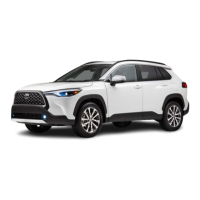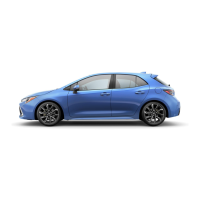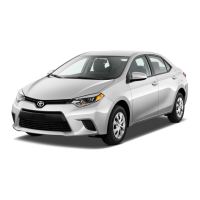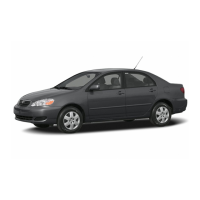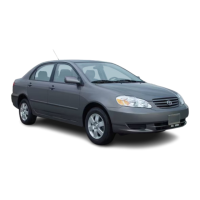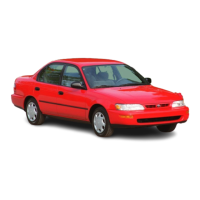262
4-5. Using the driving support systems
■ Situations in which the system
may operate even if there is no
possibility of a collision
Instances of the RCTA function
unnecessary detecting a vehicle
and/or object may increase in the
following situations:
● When the parking space faces a
street and vehicles are being
driven on the street
● When the distance between your
vehicle and metal objects, such as
a guardrail, wall, sign, or parked
vehicle, which may reflect electri-
cal waves toward the rear of the
vehicle, is short
● When equipment that may
obstruct a sensor is installed, such
as a towing eyelet, bumper pro-
tector (an additional trim strip,
etc.), bicycle carrier, or snow plow
● When a vehicle passes by the
side of your vehicle
● When a detected vehicle turns
while approaching the vehicle
● When there are spinning objects
near your vehicle such as the fan
of an air conditioning unit
● When water is splashed or
sprayed toward the rear bumper,
such as from a sprinkler
● Moving objects (flags, exhaust
fumes, large rain droplets or
snowflakes, rain water on the road
surface, etc.)
● When the distance between your
vehicle and a guardrail, wall, etc.,
that enters the detection area is
short
● Gratings and gutters
● When a sensor or the area around
a sensor is extremely hot or cold
● If the suspension has been modi-
fied or tires of a size other than
specified are installed
● If the front of the vehicle is raised
or lowered due to the carried load
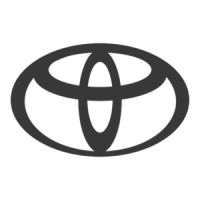
